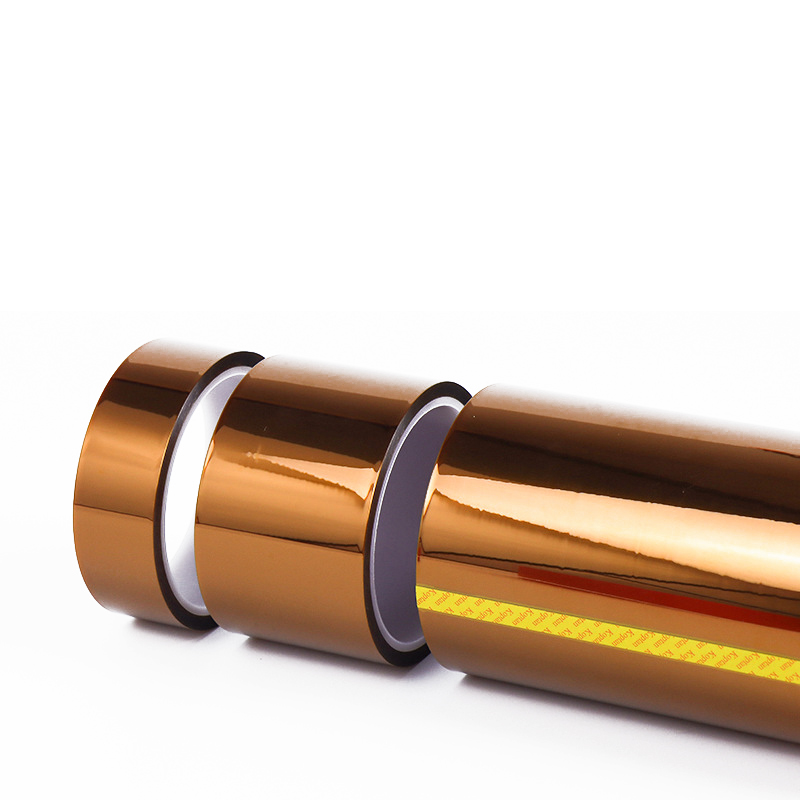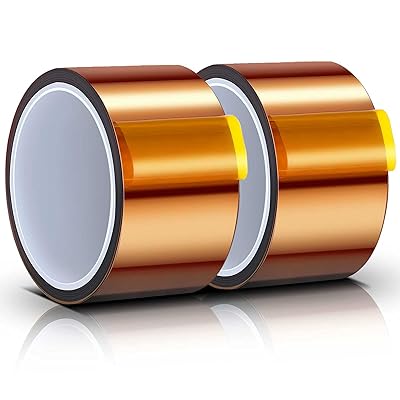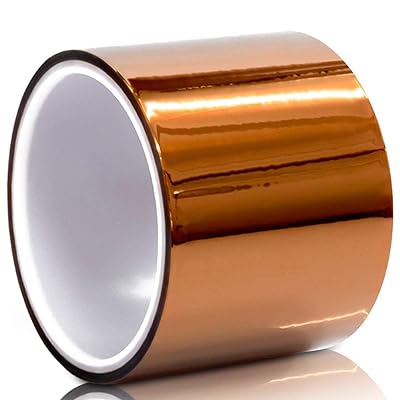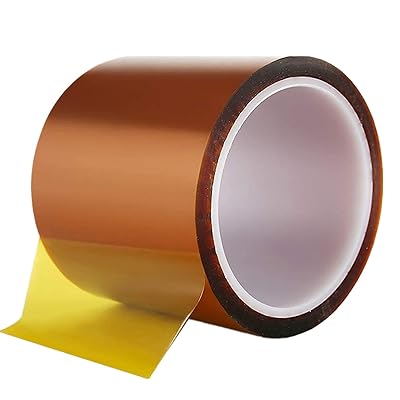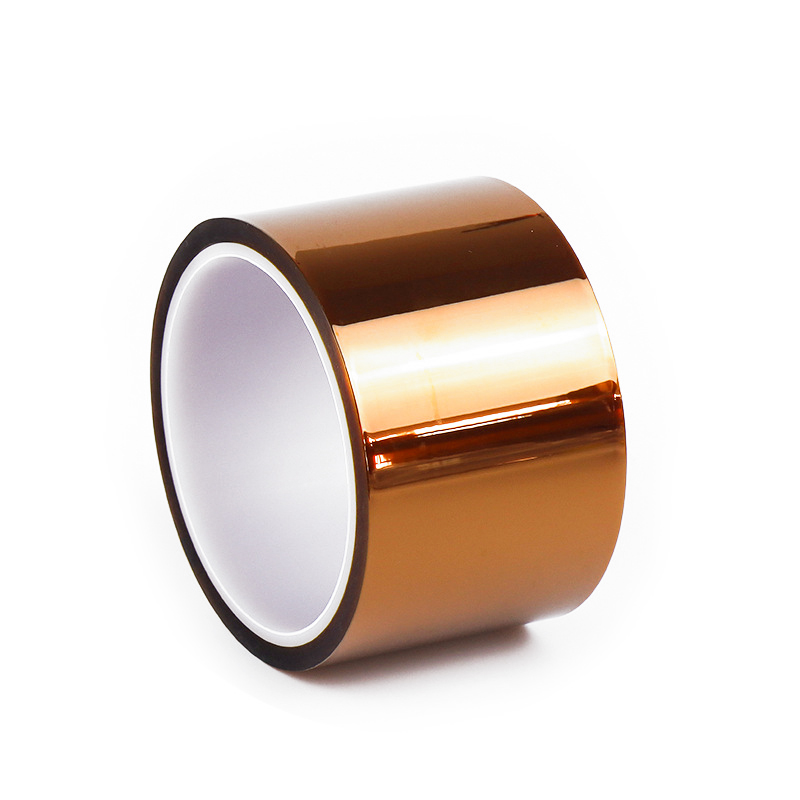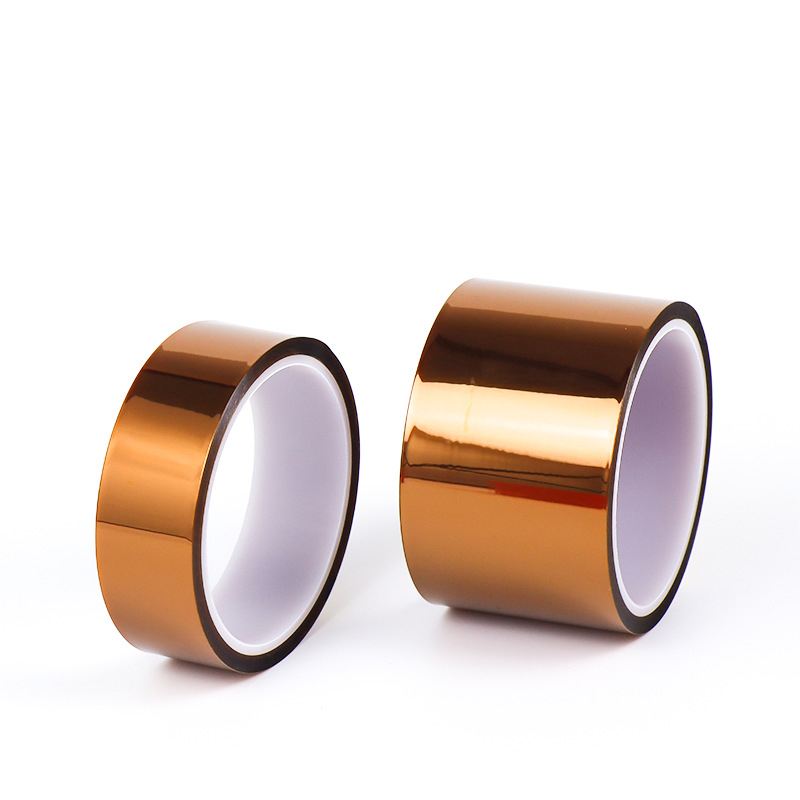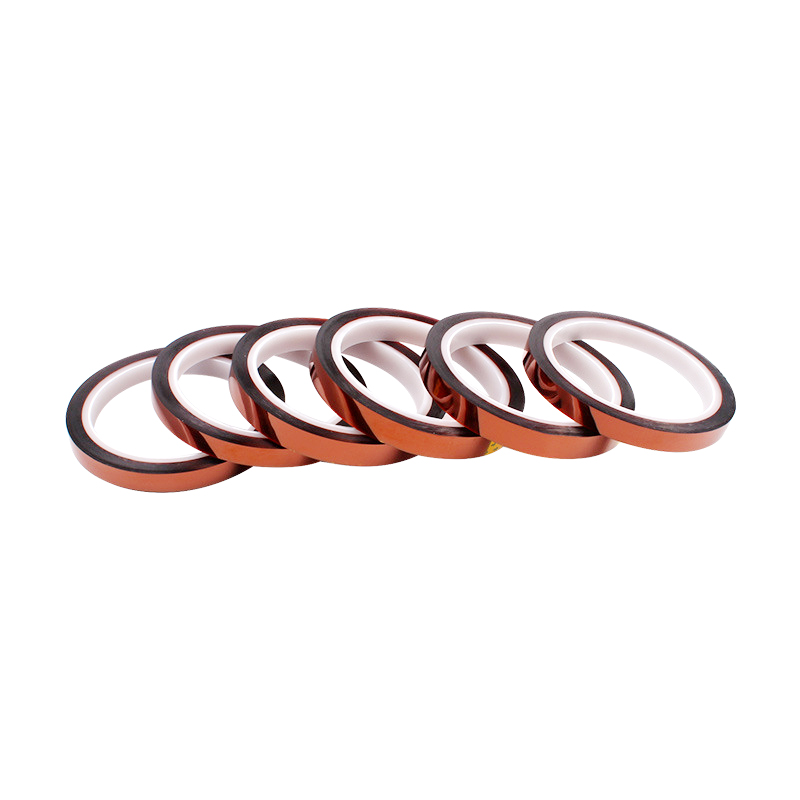High Heat Tape
High Heat Tape is a premium-grade industrial adhesive tape engineered to withstand extreme temperatures while delivering reliable insulation, shielding, and adhesion. Designed for demanding environments, it combines advanced material science with precision manufacturing to meet the rigorous needs of electronics, automotive, aerospace, and energy sectors.
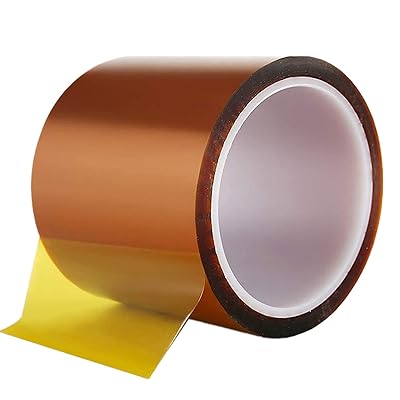
Features
Exceptional Thermal Resistance
Operates seamlessly in temperatures ranging from **-40°C to 300°C**, with short-term tolerance up to 260°C for critical applications like PCB soldering or engine compartment shielding.
Base materials include polyimide (PI) and PTFE (Teflon®), known for their heat reflection, flame retardancy (UL510 certified), and resistance to thermal degradation.
High-Performance Adhesive
Silicone-based or acrylic pressure-sensitive adhesives ensure strong bonding even under thermal stress, with zero residue upon removal to protect sensitive surfaces.
Adhesion strength up to 35 oz/inch (ASTM D3330 tested), suitable for irregular surfaces like automotive exhaust pipes or industrial machinery.
Multifunctional Protection
Electrical insulation: Withstands high voltages (up to 10kV) and reduces electrolytic corrosion in transformers or lithium battery modules.
EMI/RFI shielding: Achieves 85dB attenuation (1MHz–2GHz) for 5G base stations and communication devices.
Chemical resistance: Resists acids, solvents, and UV exposure, ideal for aerospace coatings or chemical processing equipment.
Durable & Flexible Design
Ultra-thin 0.04–0.075mm thickness with reinforced glass fiber or polyester (PET) backing for tear resistance and conformability
Applicatations
1. Traditional Industrial Fields
Protective Coatings: Used for anti-corrosion coatings on metal and concrete substrates, particularly effective in corrosive environments such as chemical equipment and marine engineering.
Rail Transportation: Applied in brake pads, insulation components, and vehicle body structures to meet high wear and high-temperature demands (e.g., phenolic resin-based brake pads).
Automotive Industry: Used for engine compartment insulation layers, sensor module bonding, and withstanding extreme temperatures (-40°C to 130°C).
2. Aerospace and Defense Technology
Thermal Protection Systems (TPS): As ablation-resistant materials for hypersonic aircraft exteriors, engine internal insulation layers, and rocket engine flame-retardant coatings to resist aerodynamic heat damage (e.g., carbon/phenolic resin composites).
Lightweight Structural Components: Epoxy resin-based composites are used for satellite and spacecraft components, balancing high strength and low density.
3. Ablation-Resistant Functional Materials
Aircraft Engines: Enhanced high-temperature stability through additives like zirconium carbide (ZrC) and silicon carbide (SiC). For example, ZrC forms a zirconium oxide (ZrO₂) insulation layer during ablation, significantly reducing backside temperatures (see experimental data in Figure 1).
Rocket Propulsion Systems: Zirconium boride (ZrB₂)-SiC composite fillers maintain structural integrity under extreme temperatures (up to 2,480°C), suitable for long-duration ablation protection.
4. Wear- and Corrosion-Resistant Materials
Electronic Device Protection: EMI shielding layers for 5G base stations and fiber optic terminals, compliant with RoHS standards.
Industrial Equipment: Linings for chemical pipelines and reactors, resistant to acids and solvents (e.g., modified epoxy resin-based coatings).
Construction and Energy: Heat sink bonding in photovoltaic inverters and radiation-resistant sealing materials in nuclear power plants.
5. Emerging Fields and Future Directions
New Energy: Thermal management materials for EV battery packs, improving safety with high-temperature-resistant adhesives.
Ultra-High-Temperature Industrial Equipment: Metallurgical furnace linings and high-temperature sensor encapsulation, relying on polyimide (PI) resins with heat resistance exceeding 500°C.
Smart Materials: Integration of self-healing and responsive fillers for applications in flexible electronics and adaptive protective coatings


